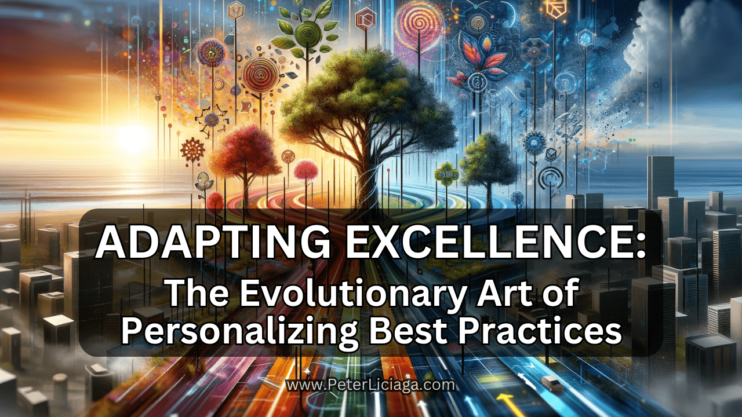Section 5: Examples: Adapting Best Practices in Real-World Scenarios
Introduction:
This section explores real-world examples where individuals and organizations have skillfully adapted best practices to their unique contexts. These stories demonstrate the dynamic nature of best practices and their potential for innovation and personalization.
Example 1: Toyota’s Lean Manufacturing
- Scenario: Toyota faced the challenge of improving manufacturing efficiency.
- Adaptation: They developed the Toyota Production System, an innovative adaptation of mass production techniques. This system, now known as Lean Manufacturing, focuses on reducing waste and improving workflow.
- Outcome: Toyota became one of the most efficient and profitable automakers in the world, with Lean Manufacturing being adopted globally across various industries.
Example 2: Khan Academy’s Educational Model
- Scenario: The traditional educational model has limitations in terms of reach and individualized learning.
- Adaptation: Salman Khan, founder of Khan Academy, adapted conventional educational practices to the digital age, offering free, accessible, and personalized online education.
- Outcome: Khan Academy has revolutionized learning for millions worldwide, providing an alternative to traditional classroom learning and democratizing education.
Example 3: Netflix’s Transition from DVDs to Streaming
- Scenario: Netflix began as a DVD rental service, facing competition from larger, established companies.
- Adaptation: Recognizing the potential of the internet, Netflix shifted its business model from DVD rentals to online streaming, adapting best practices in technology and consumer trends.
- Outcome: This pivot transformed Netflix into a leading global entertainment provider, fundamentally changing how people consume media.
Example 4: Apple’s Design Philosophy
- Scenario: In a market dominated by function-focused tech products, Apple sought to differentiate itself.
- Adaptation: Apple, led by Steve Jobs, adapted best practices in technology and combined them with a strong focus on design aesthetics and user experience.
- Outcome: This approach led to groundbreaking products like the iPhone and iPad, setting new standards in the tech industry.
Conclusion:
These real-world examples underscore the importance of adapting best practices to specific challenges and environments. They highlight the value of innovation, flexibility, and understanding the unique aspects of each situation in achieving success.
More examples: BREAKING THE MOLD
Patch Adams





